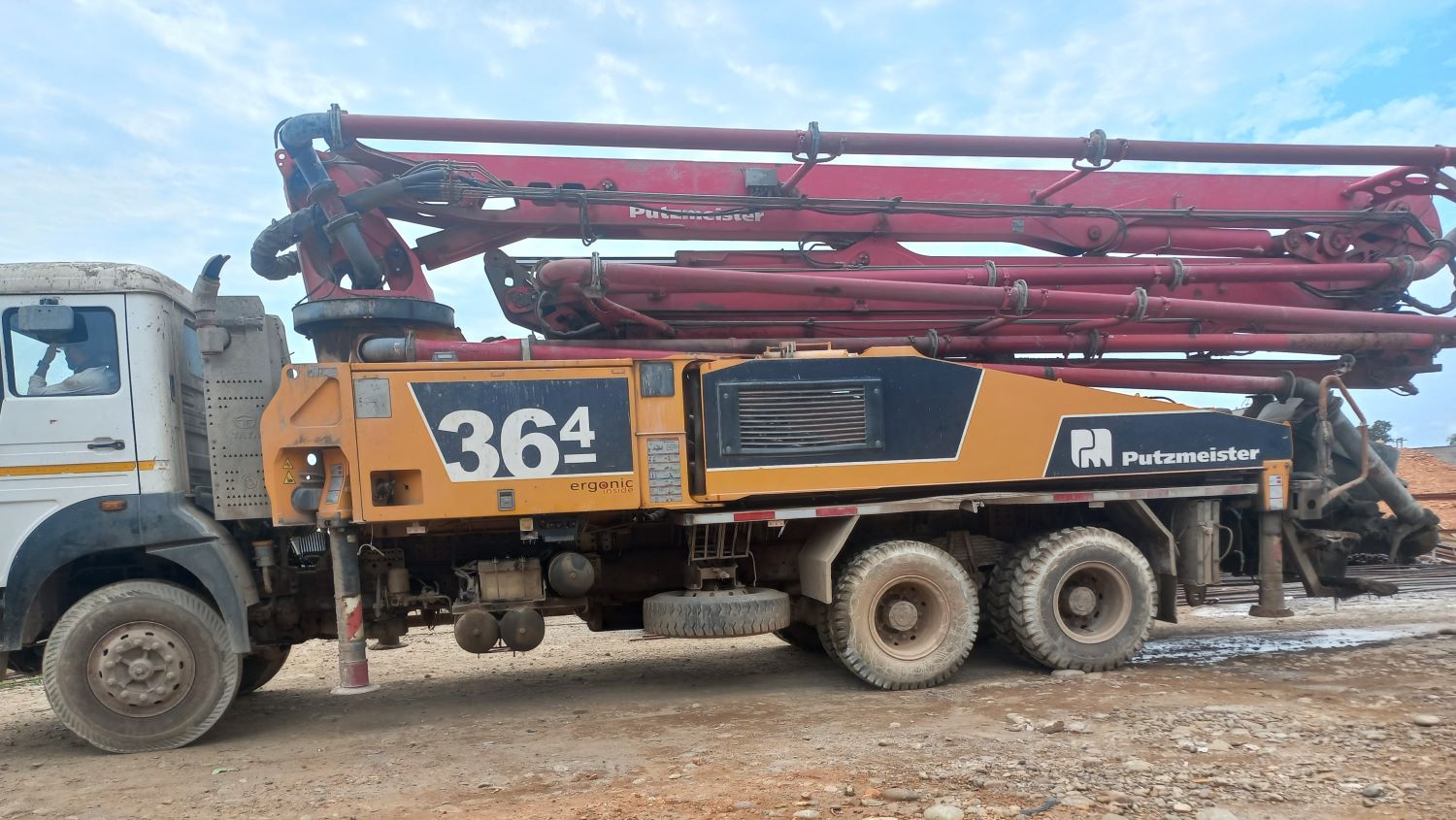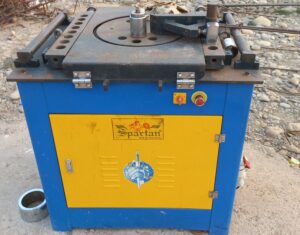A concrete boom placer is a specialized machine used in construction for efficiently transferring liquid concrete to desired locations, especially on large and complex structures. This equipment falls under the heavy vehicle category due to its substantial size and weight. The boom placer features a remote-controlled, articulated robotic arm known as a boom, which allows for precise placement of concrete. This capability is particularly valuable in hard-to-reach areas, enhancing both accuracy and speed during the pouring process. By using hydraulic pumps, the boom can extend and maneuver to deliver concrete exactly where it’s needed, minimizing waste and optimizing workflow. Overall, the concrete boom placer significantly improves the efficiency of construction projects, ensuring high-quality results.
What is concrete pump?
A concrete pump is essential equipment in construction projects, designed to efficiently transport ready-mix concrete to various locations on site. Unlike traditional methods like tower cranes, which can be time-consuming and may compromise the concrete’s strength, concrete pumps ensure rapid and reliable delivery. Maa Manokamna Enterprises, a prominent construction company, utilizes concrete pumps alongside various machinery such as cranes, hydras, and JCBs. This diverse equipment enables them to handle heavy load shifting and construction material transport quickly and effectively. By incorporating concrete pumps into their operations, the company enhances productivity, saves time, and maintains the quality of their projects, ensuring successful outcomes in even the most demanding construction environments.
How does a Boom pump work?
A boom pump operates through a sophisticated hydraulic system designed to deliver concrete to high or hard-to-reach areas on construction sites. It features a long boom arm, typically made of carbon fiber, which can extend up to 200 feet, allowing for versatile placement. The pump draws ready-mix concrete from a truck and pushes it through the boom arm to the desired location. The remote-controlled system enables the operator to precisely control both the placement and flow of concrete, ensuring accuracy and efficiency. Boom pumps are essential for various construction projects, including building foundations, walls, bridges, and tunnels, where traditional methods may be impractical or time-consuming. This technology significantly enhances the speed and quality of concrete delivery.
advantages of using a concrete boom placer
Precision Placement: The remote-controlled boom allows for accurate placement of concrete, even in hard-to-reach areas.
Increased Efficiency: Boom pumps deliver concrete quickly, reducing the time spent on pouring and allowing for faster project completion.
Extended Reach: With boom arms that can extend up to 200 feet, these pumps can access high elevations and complex structures.
Reduced Labor Costs: The automated system minimizes the need for manual labor, leading to lower labor costs on-site.
Less Waste: Precise delivery helps minimize concrete spillage, ensuring that more material is used effectively.
Versatility: Boom pumps can be used in various projects, including foundations, walls, bridges, and tunnels, making them highly adaptable.
Improved Safety: Using a boom pump reduces the need for scaffolding or ladders, enhancing safety for workers on-site.
Consistent Flow: The hydraulic system ensures a steady flow of concrete, maintaining quality and consistency throughout the pouring process.
disadvantages of using a concrete boom placer
High Initial Cost: The purchase or rental of boom placers can be expensive, making them a significant investment for construction companies.
Maintenance Requirements: These machines require regular maintenance and inspections to ensure safe and efficient operation, which can lead to additional costs and downtime.
Operator Skill Requirement: Operating a boom placer demands specialized training and skills, which can limit the pool of qualified operators and increase labor costs.
Limited Mobility: Boom placers can be bulky and may have restrictions on movement in tight or congested job sites, potentially slowing down operations.
Dependency on Weather: Adverse weather conditions, such as high winds or heavy rain, can affect the operation and safety of boom placers, leading to potential project delays.
conclusion
In conclusion, the concrete boom placer is a transformative piece of equipment that enhances the efficiency and accuracy of concrete placement in construction projects. While it offers numerous advantages, such as precision, reduced labor costs, and improved safety, there are also challenges to consider, including high initial costs and the need for skilled operators. Ultimately, the decision to use a boom placer should weigh these factors against the specific requirements of each project. As construction technology continues to advance, the integration of boom placers will likely play an increasingly vital role in optimizing construction processes and achieving superior results.
What is a boom placer?
A boom placer is a specialized machine used in construction to transport and accurately place liquid concrete in hard-to-reach areas. It features a remote-controlled articulated arm, enhancing efficiency and precision in pouring concrete for complex structures.
What is a concrete placing boom?
A concrete placing boom is an advanced piece of equipment that utilizes a hydraulic boom arm to deliver concrete to specific locations on construction sites. It allows for precise placement in elevated or difficult-to-access areas, improving workflow and project timelines.
What is the capacity of a boom placer concrete pump?
The capacity of a boom placer concrete pump typically ranges from 30 to 120 cubic meters per hour, depending on the model. This allows for efficient delivery of concrete to various construction projects, accommodating different scale requirements.
What is the price of a boom placer 36 mtr in Karnataka?
The price of a 36-meter boom placer in Karnataka can vary significantly based on the manufacturer and specifications, typically ranging from ₹1.5 crore to ₹3 crore. It’s advisable to consult local suppliers for the most accurate pricing.



My brother suggested I might like this website He was totally right This post actually made my day You cannt imagine just how much time I had spent for this information Thanks